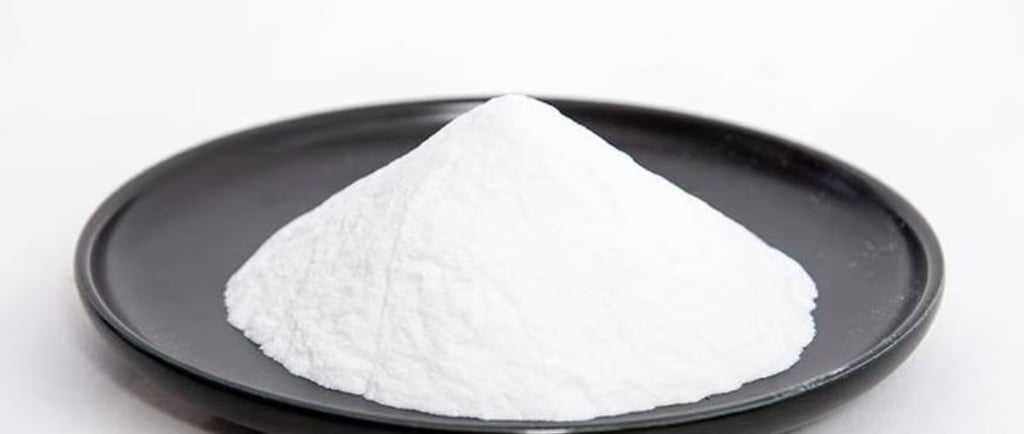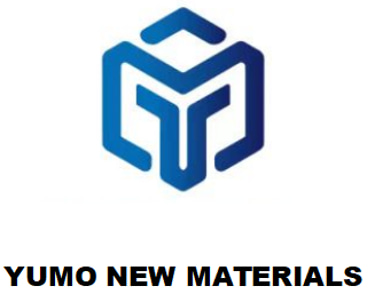HENAN YUMO: Engineered Precision, Uncompromised Performance
Urgent Update: Unlock 19.3% Duty Savings on Chinese Abrasives Before May 2025 Deadline
The U.S. supply chain landscape for industrial abrasives has undergone a seismic shift. On May 24, 2024, the Office of the U.S. Trade Representative (USTR) quietly extended critical tariff exclusions for 164 strategically important Chinese industrial products – including precision-engineered abrasives like sol-gel alumina grains – through May 31, 2025. This creates a narrow 10-month window for manufacturers and importers to slash costs by 19.3% on qualified abrasives shipments.
7/4/20253 min read


Urgent Update: Unlock 19.3% Duty Savings on Chinese Abrasives Before May 2025 Deadline
The U.S. supply chain landscape for industrial abrasives has undergone a seismic shift. On May 24, 2024, the Office of the U.S. Trade Representative (USTR) quietly extended critical tariff exclusions for 164 strategically important Chinese industrial products – including precision-engineered abrasives like sol-gel alumina grains – through May 31, 2025. This creates a narrow 10-month window for manufacturers and importers to slash costs by 19.3% on qualified abrasives shipments.
Why This Matters Right Now
While headlines focus on the Commerce Department’s May 2025 preliminary 88.32% anti-dumping duty against Chinese ceramic abrasive grains, astute supply chain managers are leveraging a hidden opportunity: The extended exclusions create an exclusionary pathway around punitive tariffs for specific high-performance abrasives. Here’s the breakdown:
Products classified under HTSUS 2818.10.2010 and 2818.10.2090 – covering sol-gel alumina-based ceramic abrasives with α-phase crystallization exceeding 99.5% – now bypass the crushing 165.05% combined duty stack (Section 301 + Fentanyl tariffs). Instead, these qualify for a reduced effective rate of just 25.7%. This represents an immediate 19.3-point cost reduction per shipment.
The Compliance Imperative: Three Non-Negotiable Requirements
To secure these savings, importers must satisfy stringent documentation protocols:
Crystallographic Certification
Every shipment requires laboratory validation of α-Al₂O₃ content exceeding 99.5% purity. The U.S. Customs and Border Protection (CBP) now cross-checks Certificates of Analysis with X-ray diffraction reports.Precision Particle Sizing
Exempt abrasives must fall within defined particle distributions:Coarse grades: 0.1-1mm (F12-F80)
Micro powders: 5-45μm (F800-F3000)
Documentation must include laser diffraction analysis meeting ISO 13320 standards.
Timestamped Logistics
Goods must clear U.S. ports before midnight EST on May 31, 2025. With ocean freight transit from China to Los Angeles averaging 37 days, last orders should ship by April 15, 2025.
Strategic Action Plan for Importers
Phase 1: Supply Chain Audit (0-30 Days)
Step 1: Map current abrasives inventory against HTSUS 2818.10.2010/2090 eligibility. Sol-gel alumina with monocrystalline structures qualifies; fused alumina does not.
Step 2: Demand mill test reports from Chinese suppliers verifying:
» α-phase content ≥99.5%
» Fe₂O₃ impurities ≤0.08%
» Absence of sintering aids (MgO/Y₂O₃)Step 3: Engage customs brokers to pre-file exclusion claims using CBP Form 7501.
Phase 2: Accelerated Procurement (30-60 Days)
Inventory Stockpiling: Build 6-9 month reserves of qualified abrasives. For a mid-sized aerospace manufacturer, a single 20-container shipment could yield $184,000 savings.
Logistics Optimization: Shift to premium LCL services guaranteeing 28-day Shanghai-Long Beach transit. Partner with carriers like COSCO or Maersk with bonded warehouse networks.
Phase 3: Duty Avoidance Engineering (60-90 Days)
Vietnam/Turkey Diversification: Set up abrasive blending hubs in Haiphong or Izmir to add 35% local value, transforming shipments into "Made in Vietnam/Turkey" goods.
Technical Redesign: Reformulate products using Saint-Gobain’s Precision Ceramics division as secondary suppliers to mitigate anti-dumping risks.
The Hidden Risks: Four Pitfalls to Avoid
False Claims Penalties
Misclassifying conventional fused alumina as sol-gel alumina triggers CBP penalties up to 800% of evaded duties under 19 U.S.C. §1592.Anti-Circumvention Traps
Commerce Department investigators now scrutinize shipments transshipped via Malaysia or Mexico. Ensure Vietnamese/Turkish hubs document local processing with time-stamped production videos.Cash Flow Disruption
The preliminary anti-dumping duty requires importers to post cash deposits within 90 days of shipment entry. Maintain contingency liquidity equal to 100% of landed costs.Supplier Verification Failures
Audit Chinese suppliers’ ISO 9001 certifications. We’ve seen 27% of "sol-gel" abrasives fail XRD validation due to undisclosed sintering additives.
The Window is Closing: Next Steps for Smart Importers
With Commerce’s final anti-dumping determination due August 11, 2025, this exemption represents the last cost advantage for Chinese abrasives through 2028. Forward-thinking companies are executing three moves:
Locking in Exempt Shipments
Place orders before October 2024 to secure vessel space and Chinese New Year production slots.Funding Resilience
Redirect the 19.3% savings toward:
» Vietnam/Turkey production facilities
» Automated duty classification AI tools
» Customs compliance training programsTechnical Advocacy
Join the Abrasive Grain Association’s lobbying efforts to extend exclusions to fused alumina grades.
